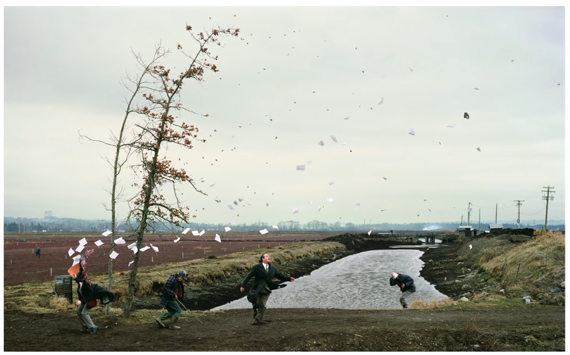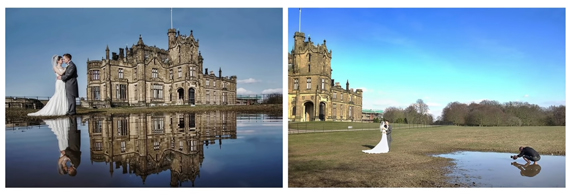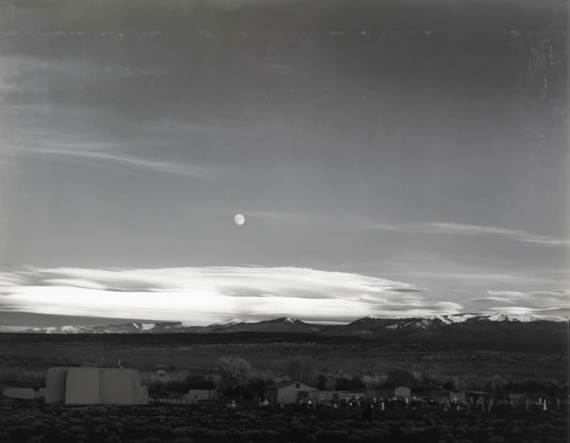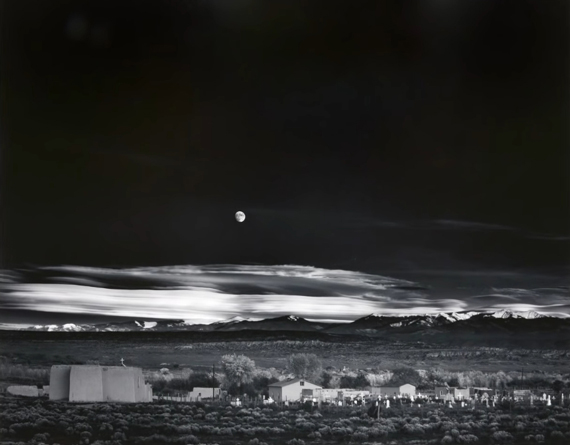Photography involves a mix of the skills of taking a photograph and the knowledge to edit it. But possibilities are infinite with post-processing. Photographers have the ability to manipulate images to their liking. Is there a limit at which an image becomes a lie? Or should editing be readily accepted without any questions asked? Photographer Jamie Windsor shares his views on this controversial topic:
The key takeaway from Windsor’s discussion is that post-processing is a part of the art. For genres of photography like fine art, the process is irrelevant. It is, in fact, somewhat expected.
What matters is the message that the image carries to the viewers.

“A sudden gust of wind” is an example of a carefully planned composite image.
If we look at it from a general sense, all photography is a lie because it’s the photographer who chooses what to show and what to exclude.
“The act of choosing what to take and not to take is in itself subjective. What we see is what the photographer has chosen for us to see.”

Even iconic photographer Ansel Adams was a master of manipulating his images. But did he ever alter the truth by editing his images? Or did he do it to represent his vision of the scene? That’s the question you should ask yourself.
Here’s the before and after images by Ansel Adams named Moonrise, Hernandez, New Mexico:


“Photography will never be absolute truth in itself but rather a communicative tool by which a representation of truth is conveyed. For me, truth in photography as with all art, is not told through the intent or the process by which something was created but by what the end result communicates to me as an observer.”
Go to full article: When Does Photo Editing & Photography Become a Lie?
What are your thoughts on this article? Join the discussion on Facebook
PictureCorrect subscribers can also learn more today with our #1 bestseller: The Photography Tutorial eBook
The post When Does Photo Editing & Photography Become a Lie? appeared first on PictureCorrect.
from PictureCorrect https://ift.tt/2FGT1YO
via IFTTT






0 kommenttia:
Lähetä kommentti